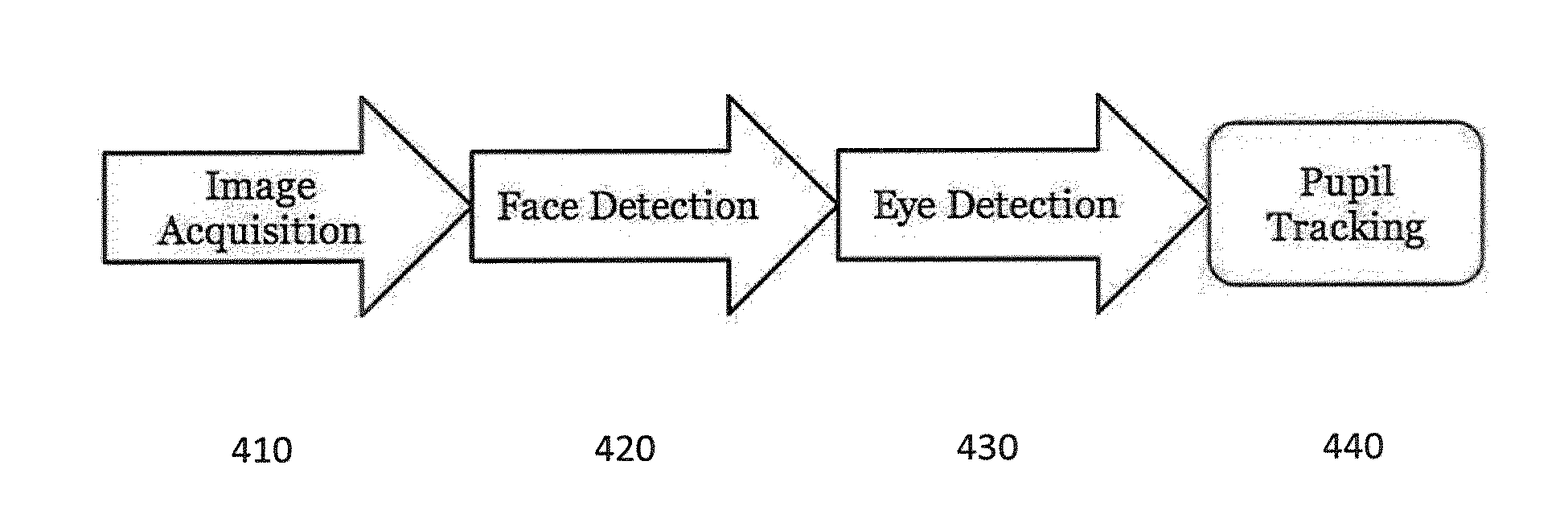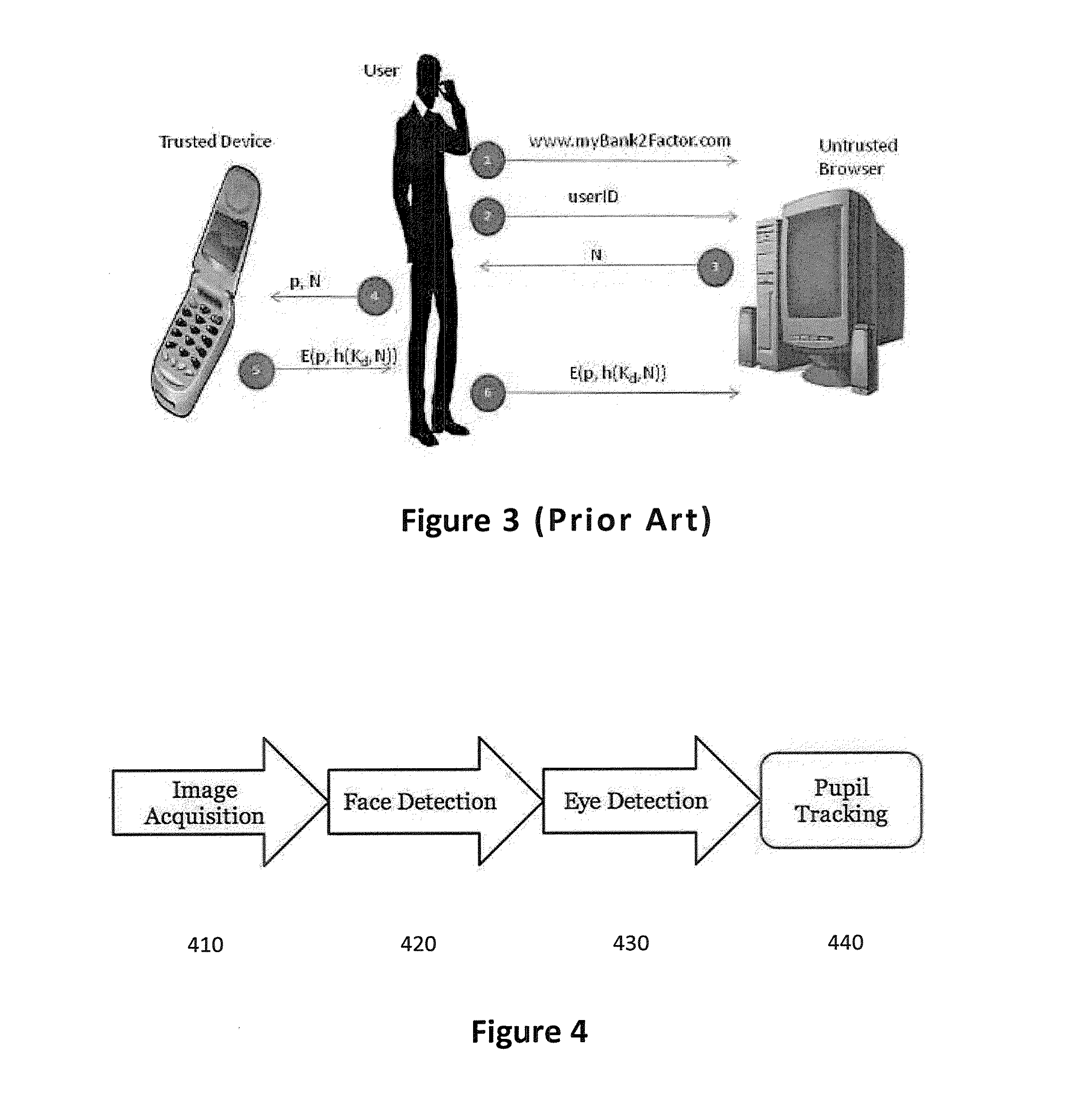The trade-off for this high flexibility and mobility is a unique set of security challenges.
Cryptographic systems have struggled in several aspects, including ease of use and
power consumption, and the user component that these cryptographic systems rely on continues to be the password.
Unfortunately for computing technologies, this goal flies in the face of security, where designers of web services and mobile applications have opted for convenience, shying away from implementing bulletproof security protocols.
As a result, these technologies have cryptographic systems that operate behind the scenes, hidden from the user with the exception of the authentication portion of the
system.
Unfortunately an attacker can consider these requirements when developing a
brute force attack, and the added complexity of these requirements becomes negligible.
Remembering the secret is the main issue with this
system.
The fundamental problem facing password implementations lies in the human factor.
The fact that the user is responsible for the password means that any password-based cryptographic
system is a
single point of failure once the password is compromised.
Such passwords conflict with the limitations of human memory, and users resort to either writing down their passwords or making shorter, thus weaker, passwords.
However this behavior reduces all of a user's passwords down to a
single point of failure that is not even protected in most cases.
Many systems have been compromised due to poor security implementations and tenacious attackers, further demonstrating the gravity of the situation.
Storing secure information in memory is comparable to writing a password down, so it automatically becomes a point of failure for any
authentication system.
This model does not translate well to virtual environments as possession is almost impossible to validate in a computing environment.
However, solely relying on possession poses many issues.
Objects are easily lost or stolen, and lost objects may be found by a malicious user.
Objects can also be duplicated, which is more difficult to detect as the duplicated object will be valid for as long as the genuine object is valid.
Unfortunately for some computing applications,
revocation may mean that the entire account is irreparably compromised and must be replaced.
This would be analogous to having to replace all the locks because the key was lost or stolen.
Vulnerabilities and obstacles uniquely associated with biometric authentication are false-positives and false-negatives of the matching
algorithm, replay attacks, irrevocable credentials, and extra equipment.
In this way, more complicated biometric-based authentication systems seek to confirm the inherent properties of an entity with minimal conscious effort.
Furthermore, this invalid object (not a finger) will always have the privilege of registering touches.
This brings up the greatest
weakness of using a biometric authentication factor.
This presents obvious challenges to a real-
time system where the differentiating criteria is not or cannot be made specific enough.
(2) Irreproducible—Environmental or permanent physiological change can render biometric signals irreproducible and useless.
Although this conversion from analog to digital is absolutely necessary, it not only strips valuable information from the data, it also maps multiple analog values to the same digital representation and diminishes variation.
The risk is that contained in the
noise component, some transient data will be the only discriminating information to separate the
biometrics of two users.
This should result in a rotation or shifting translation that will allow the data two distinct presentations which requires complex
pattern recognition and decision-making algorithms.
This system relies on
contextual information from the password and is inherently vulnerable to dictionary attacks, since an attacker observing the systems responses to multiple attacks could discern the context and make well-educated attempts.
Unfortunately for users of TouchID, fingerprints can be replicated using household materials or by lifting a
fingerprint from the devices case or glass screen See Almuairfi.
To security professionals, the shortcomings of user-dependent passwords more than demonstrate the need for a viable alternative, but the reluctance of businesses and users to embrace more secure alternatives proves that the benefits of upgraded security do not yet outweigh the costs of reduced
usability, increased complexity, and complete overhaul of the existing
authentication system.
This system compromises potential multi-factor authentication (MFA) security by relying on possession of a trusted device and prioritizing integration over usability by authenticating in two distinct steps, as opposed to one.
The method proposed by Mao et al uses a message sent to a
mobile device to authenticate the user of another device, and thus it is not applicable to securing the
mobile device itself.
A procedure such as this is more accurately termed
strong authentication, and the security offered does not fully benefit from a true MFA scheme.
This leads to a more cumbersome authentication step than a
single factor design, and deters users not wanting to sacrifice the convenience of their mobile device for the security of their information.
Fundamentally, this added step in two-step strategies does not lend itself well to the desirable trait of authentication systems to disappear into the use of a service.
This system is not designed to secure access to the mobile device itself.
Similar to the systems discussed earlier, the two systems described by Tiwari and Vipin require multiple steps to fully authenticate, and do not offer users the necessary convenience to replace passwords.
More importantly, possession factors in general have been shown to be difficult for users to manage and are not well suited for mobile device authentication.
Unfortunately,
biometric data introduce a level of uncertainty that must be managed, but compounding that uncertainty in a fusion approach may greatly increase the probability of a false-positive.
Generally, given the adaptive
thresholding steps, neural networks are ill-suited for robust authentication systems.
This approach indeed prevents over-the-shoulder attacks and allows for greater security; however, using a
server for authenticating a user to a mobile device presents an obstacle for users attempting to access devices not connected to a
wireless network, excluding this method from competition with the traditional password on mobile devices.
Just as Huang, et al. lack an adequate mobile variety or feasibility for mobile platforms, the system proposed by Fan et al. suffers from the use of an
authentication server requiring an internet connection.
Thus, neither of these systems is ideal for securing mobile devices.
While this approach does offer a high degree of security, it requires expensive external
imaging equipment and computational workloads difficult to integrate into current mobile platforms.
None of the current authentication technology sufficiently combines authentication factors in such a way that enables the usability of passwords and the security of MFA in a system that is practical for mobile devices.
Defigueiredo sums up the need for a mobile two factor authentication solution by explaining that mobile device authentication provides a unique set of design constraints which
expose problems never addressed by desktop authentication systems, such as device loss and
phishing.
Some laptops have integrated
fingerprint scanners and smartcard readers, but widespread use has not been achieved, as these components offer little additional functionality and increase manufacturing costs.
Since the vast majority of mobile applications require
web access and some form of authentication, mobile device users are bombarded with authentication requests from the device or the
web service, preventing the current security solutions from being ideal for mobile device applications.
Bridging this gap has proved difficult.
Researchers and industry professionals cannot agree on how to improve the authentication process for mobile device users.
However, multi-factor schemes usually require added equipment and are expensive to implement.
The two-step approaches that the industry has adopted do not adequately improve security and are rarely used as they are optional for most applications and services.
Without special lighting conditions, however, the glint is not reflected in a deterministic fashion and cannot be relied upon to track the
pupil region of the eye, so a novel method must be used to accommodate natural lighting conditions.
Just as with the
pupil detection methods described earlier, the directed lighting required for this method renders it infeasible for consideration in this
algorithm.
These methods require
high resolution, continuous images of the eyes to accurately measure fine eye movements, known as saccades, which cannot be maintained by mobile devices.
Although an eye-centric interface is a goal of the invention described herein, De Luca's method requires large and expensive equipment, as well as a stationary device, such as an ATM, and does not directly or indirectly represent a feasible solution for the mobile environment.
Similarly, the gaze-based password entry system proposed by Kumar et al. requires a stationary camera, is designed for desktop use, and does not provide a feasible basis for mobile devices.
Additionally, none of the previously observed gaze-based methods provide a multi-factor approach to mobile device authentication.
Although an intriguing possibility as
high resolution imaging continues to advance, iris scanning techniques do not currently lend themselves to a mobile platform without embedding specialized hardware.
The prior methods developed for gaze-based authentication or multi-factor authentication do not present feasible authentication options for use in mobile devices.
The factor limiting the use of any previously developed methods is gaze
estimation under natural lighting conditions running on a mobile device.
 Login to View More
Login to View More  Login to View More
Login to View More 


